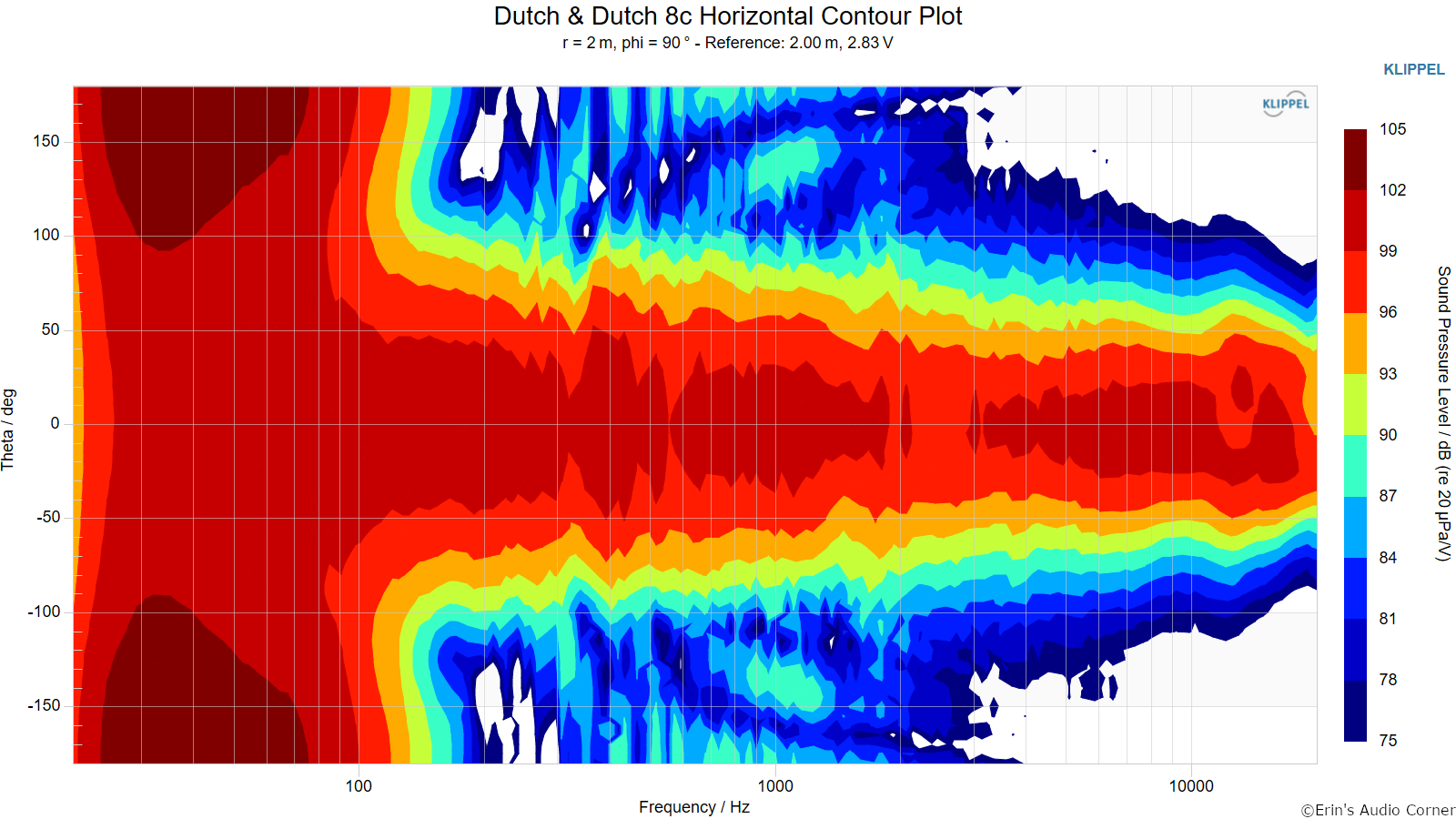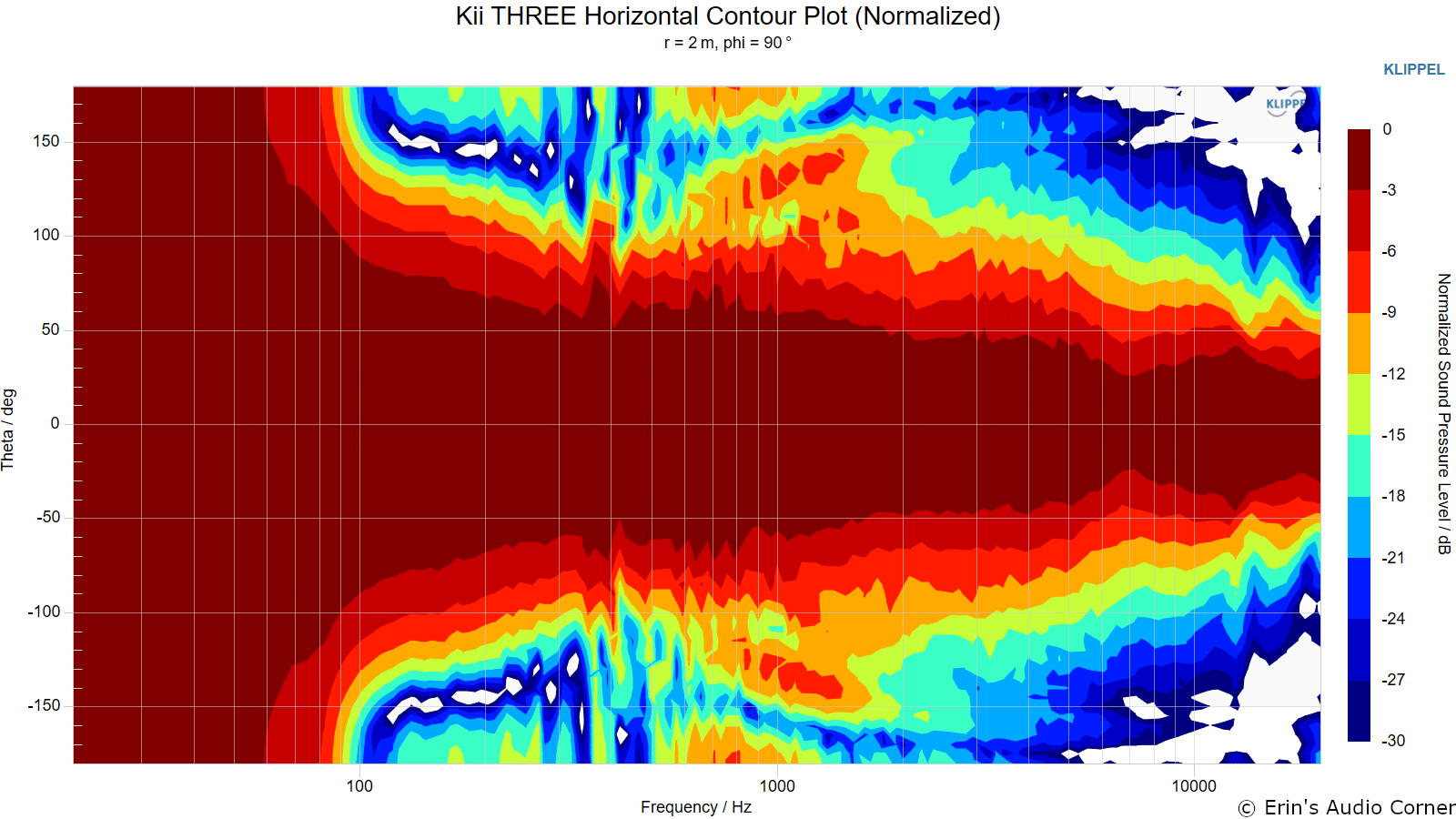Good speakers are, to a larger degree, room invariant. This means that their chief design goal is to offer a smooth off-axis response in any room. All of the speakers praised by ASR are room invariant in this sense.
Among room-invariant speakers, some are widely dispersing, and some are narrow. Narrowly dispersing speakers are either cardioid designs like the dutch + dutch, genelecs, Kiis, or have big waveguides, like the JBL M2, the JBL 705 and 708, and many others. Narrow dispersion speakers will tend to have a more focused, less atmospheric sound, but with great clarity. They are better for small rooms in my experience, and I would point you in that direction for your space.
Wider dispersion speakers are typically conventional designs, most often 3 or 4 ways, such as all Revel designs, the Neumann 3 ways, KEF coaxials, and dipole designs such as the LX 521. These are excellent speakers but they will probably be impacted by the room more than narrow dispersing speakers.
Neither approach is better. Narrow is probably preferable for some professional use, but many people enjoy a more atmospheric presentation. JBL makes both - professional speakers like the M2, and then audiophile speakers like the Revel offerings.
If you don't want to deal with room treatment I would highly recommend one of the narrowly dispersing speakers I mentioned above, especially an active design which has some ability to adjust HF response to match the amount of damping in your room from upholstery and carpets and so on.


